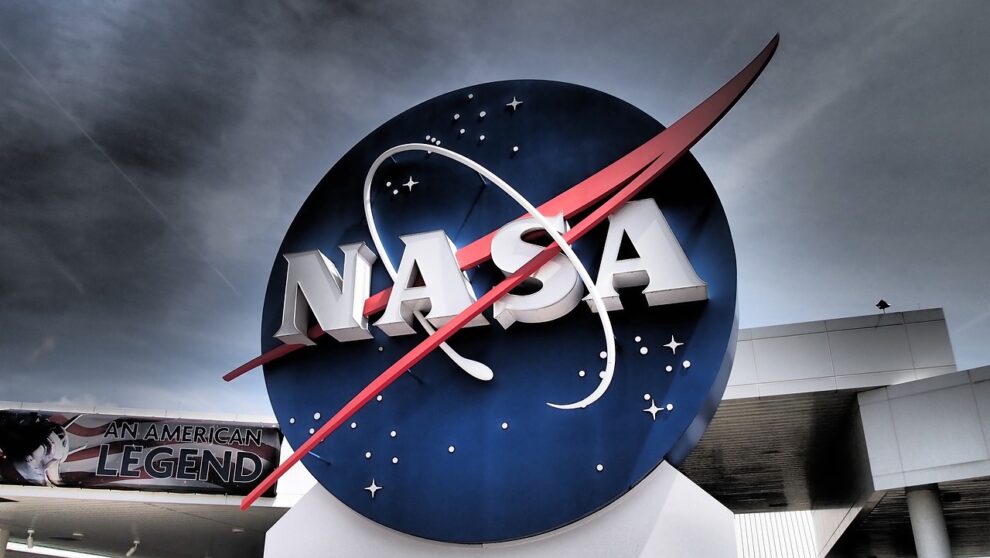NASA has launched a spacecraft as part of a mission aimed at preventing a potential “internet apocalypse”, Mirror reported. The space agency’s Parker Solar Probe (PSP) has achieved a significant milestone by navigating through the solar wind.
NASA mission gathers data to stop a solar storm that could block people from the internet
After its launch half a decade ago, the spacecraft embarked on an extraordinary expedition that brought it in close proximity to the sun’s surface, where the generation of solar wind takes place.
Solar wind is comprised of a steady flow of charged particles that originate from the outermost layer of the sun’s atmosphere, called the corona. Undeterred by the challenging circumstances of high temperatures and radiation, the PSP exhibited resilience in acquiring essential knowledge about the mechanisms of the sun.
Concerns have been raised by scientists regarding the potential consequences of a solar storm. The “internet apocalypse” could potentially occur within the coming ten years, according to the report.
Professor Stuart Bale of California University served as the lead author of the study. He emphasized the importance of comprehending solar wind and its implications.
He said: “Winds carry lots of information from the sun to Earth. So understanding the mechanism behind the sun’s wind is important for practical reasons on Earth.
“That’s going to affect our ability to understand how the sun releases energy and drives geomagnetic storms – which are a threat to our communication networks.”
Extended internet disruption and ineffectiveness of satellites and power lines
The potential aftermath of such an occurrence could result in a prolonged period of internet unavailability. It could last from months to even years, rendering satellites and power lines ineffective.
Utilizing its sophisticated instruments, the PSP accomplished the extraordinary feat of detecting solar wind with unparalleled precision. It revealed crucial insights that are typically lost as the wind exits the corona in the form of photons and electrons.
The US research team compared the experience to jets of water from a showerhead hitting one’s face. These discoveries helped identify “supergranulation flows” within coronal holes, shedding light on this intriguing phenomenon.
